Temperature Profiling working video
Product Introduction
Temperature profiling is an advanced instrument for industrial high-temperature testing. It can accurately measure the temperature changes inside the furnace and record all data.
The device has multiple channels, each of which can collect temperature data independently. This data can be recorded, stored inside the instrument, and transmitted to a computer through a Wi-Fi communication module.
Engineers can refer to these temperature data to optimize and improve the high-temperature production process of products Or customize a labeled process for the product to ensure stable quality output.
More related devices
Temperature Profiling Features
1. Multi-channel monitoring
The temperature profiler needs with ten independent temperature acquisition channels, which can simultaneously monitor the temperature at different positions of the product
2. Reliable insulation box
The insulation box is manufactured using a particular process, and its excellent insulation effect can effectively protect the safe use of the instrument
3. Wireless Connection Technology
The built-in Wi-Fi module facilitates connection with computers or other intelligent devices, enabling remote monitoring and data transmission and improving work efficiency.
4. Customized services
Each industry has different requirements for temperature control, and we accept customized needs from various industries and processes to provide users with the most suitable instruments and valuable services.
5. Professional technical support
We provide professional technical support and services to ensure that customers receive timely assistance and consultation during use.
6. Data recording and analysis
The instrument has a built-in 1000mAh battery and internal storage space, which can store up to 16 sets of data or record continuously for 6 hours,
Technical parameters of Temperature profiling
The operational principle of Temperature Profiling
The working principle of a temperature profiler is to collect temperature data through multi-channel thermocouples, convert them into digital signals, and transmit them to a computer via Wi-Fi or cellular networks.
In practical use, the temperature instrument must be placed in an insulated box to isolate the temperature inside the furnace. The thermocouple sensor is connected to different product positions to collect temperature changes.
Usually, Temperature profiling instruments record temperature and time, and the two data are combin to form a visual data graph. Engineers can scientifically judge process problems and make practical improvements and technological upgrades.
That is, this temperature measuring instrument first collects temperature change data inside the furnace and then continuously improves the process through scientific analysis by engineers,
reducing waste and improving product quality for the factory’s production process.
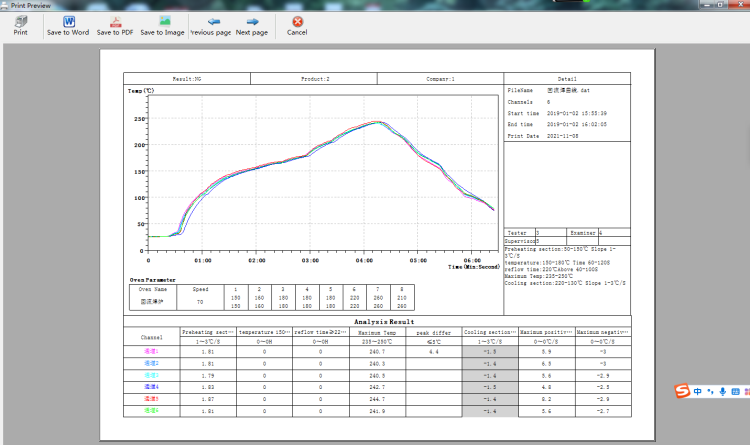
High-temperature furnace equipment
Temperature Profiling application
With the advancement of industrial technology, the application of temperature profiling instruments in many high-temperature control fields has become increasingly widespread, mainly reflected in the following aspects:
1. Spraying and baking paint:
The oven’s internal temperature must be uniform during the painting and baking processes to ensure the coating’s adhesion and drying quality.
Temperature analysis instruments can effectively monitor and record the temperature distribution inside the oven, ensuring uniform and consistent temperature during the paint baking process.
2, Metal annealing:
The metal annealing process requires a specific temperature to change the metal material and improve its physical properties.
So, precise temperature control is crucial, and a temperature analyzer can provide this requirement to ensure that the material meets the expected performance indicators.
3, Aluminum brazing:
Due to its lightweight and high-strength characteristics, aluminum is widely uses in industries such as automotive, aerospace, and shipbuilding.
During the aluminum brazing process, the temperature profiler can monitor the real-time temperature of the welding area and its surroundings,
helping engineers optimize welding parameters and ensure the quality and strength of the welded joints.
4, Food and medical:
Temperature control ensures product quality and safety in food processing and medical device manufacturing.
The temperature profiler can monitor the temperature distribution during food baking, sterilization, and other processes, ensuring that the temperature meets the specified standards. This provides the quality of products and the health and safety of consumers.

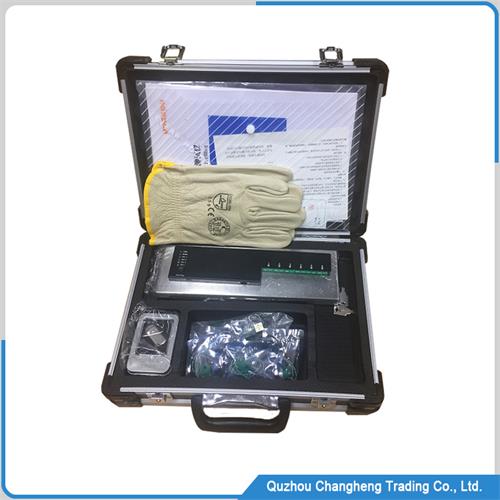
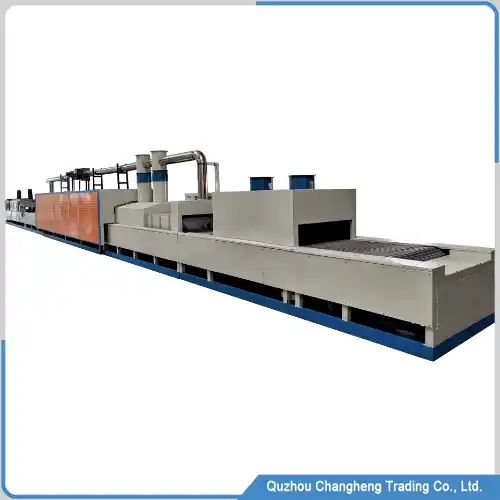
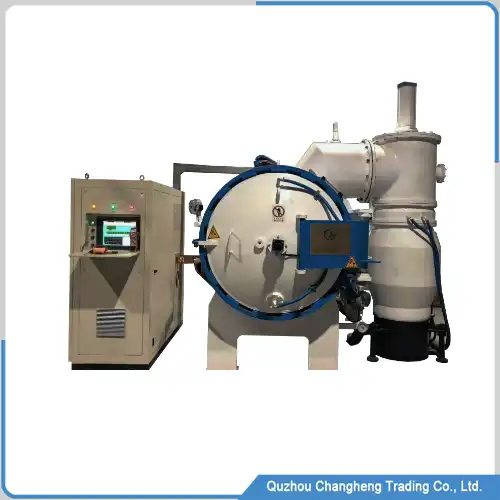
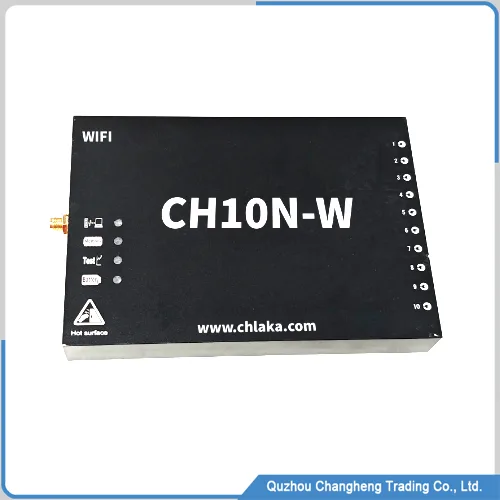
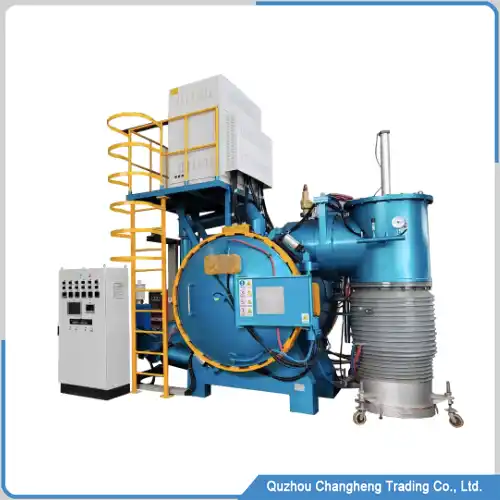
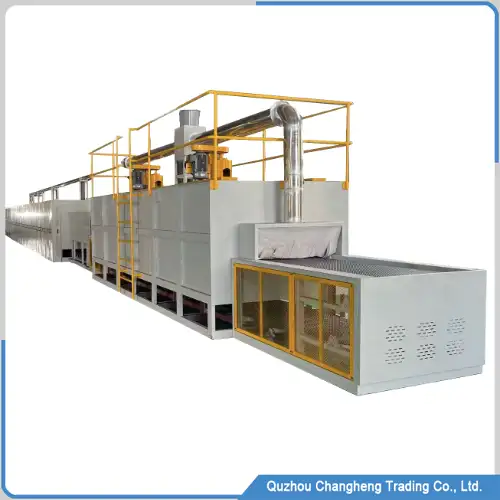
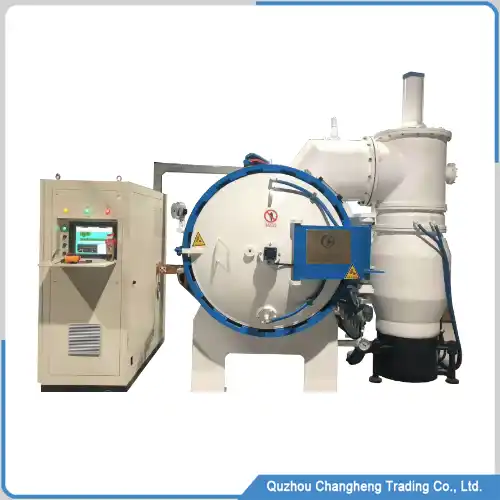
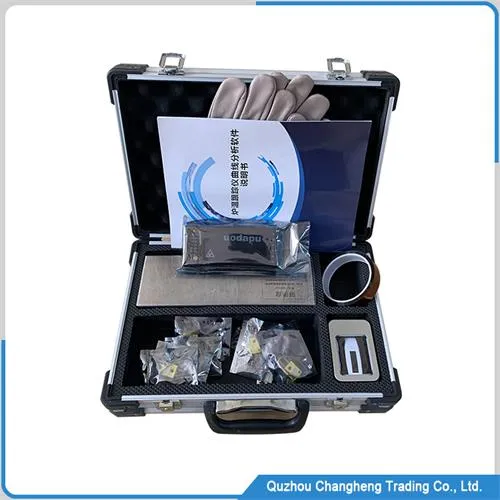
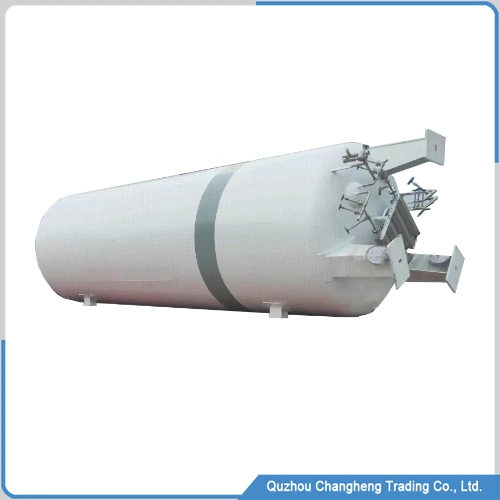
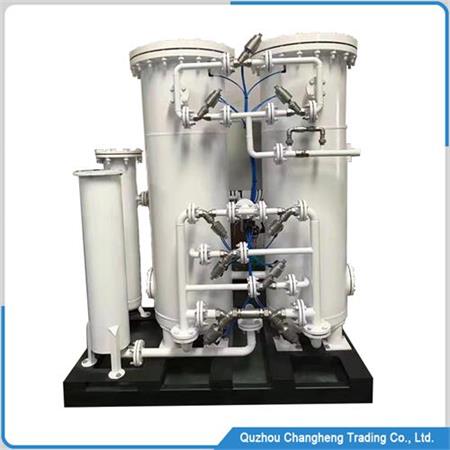

 wechat
wechat